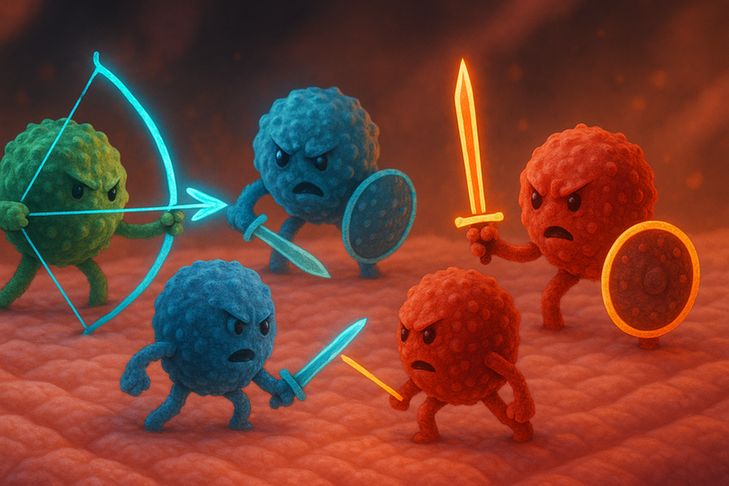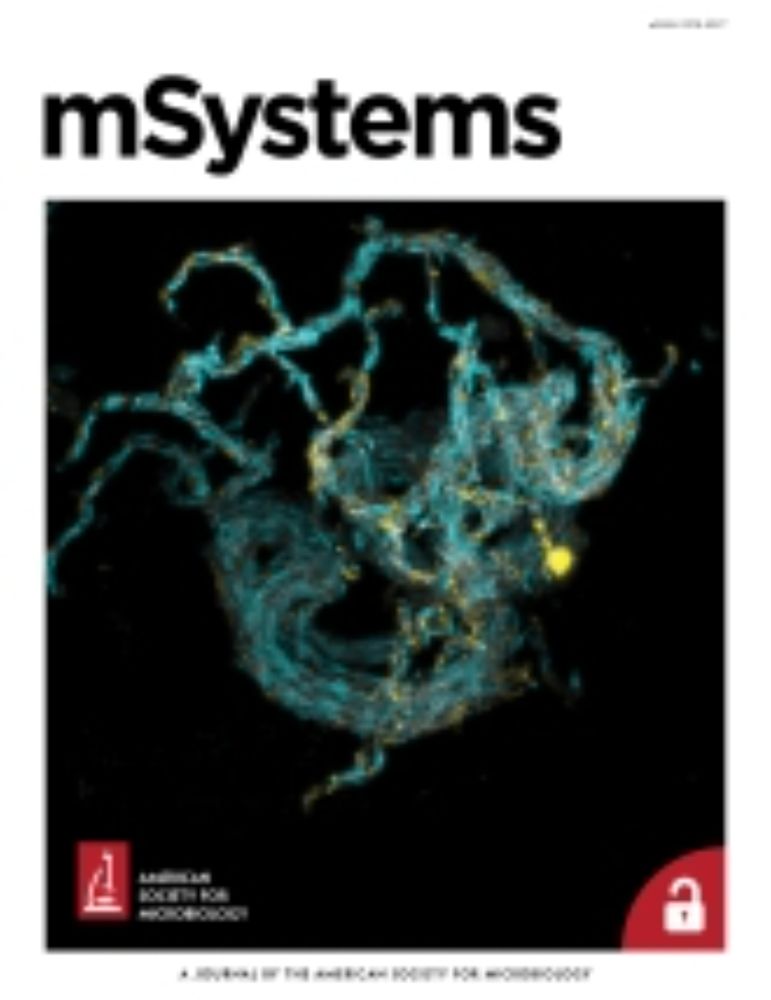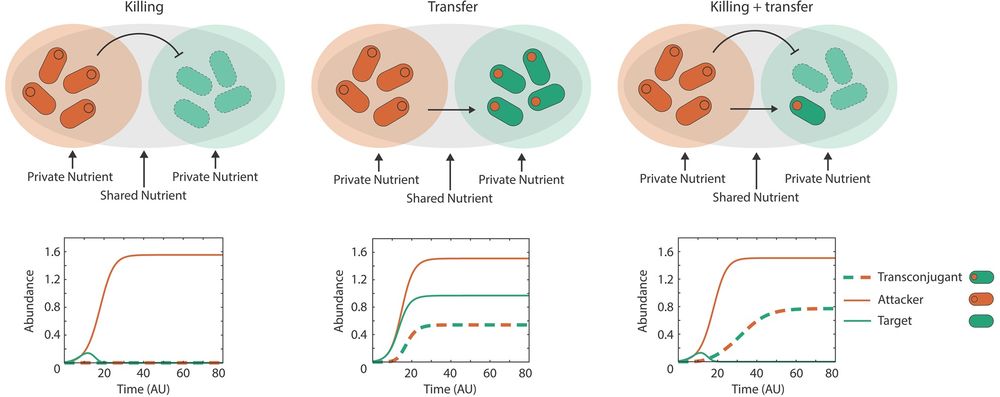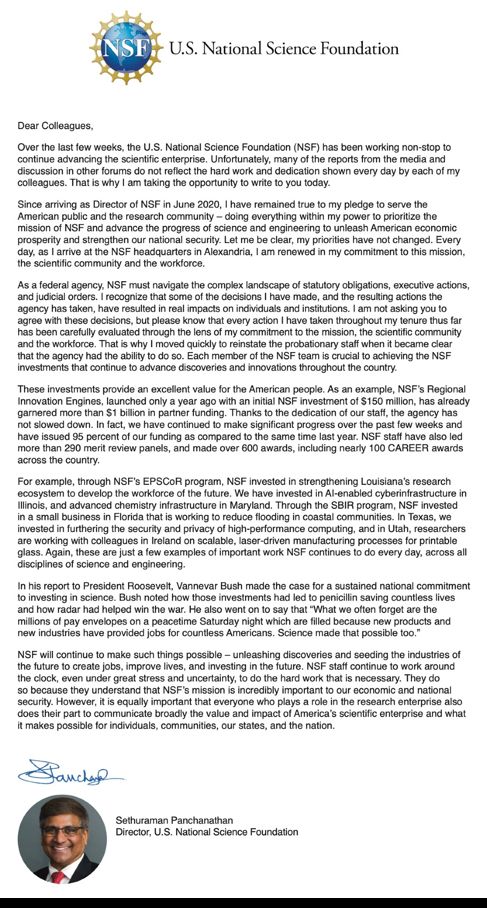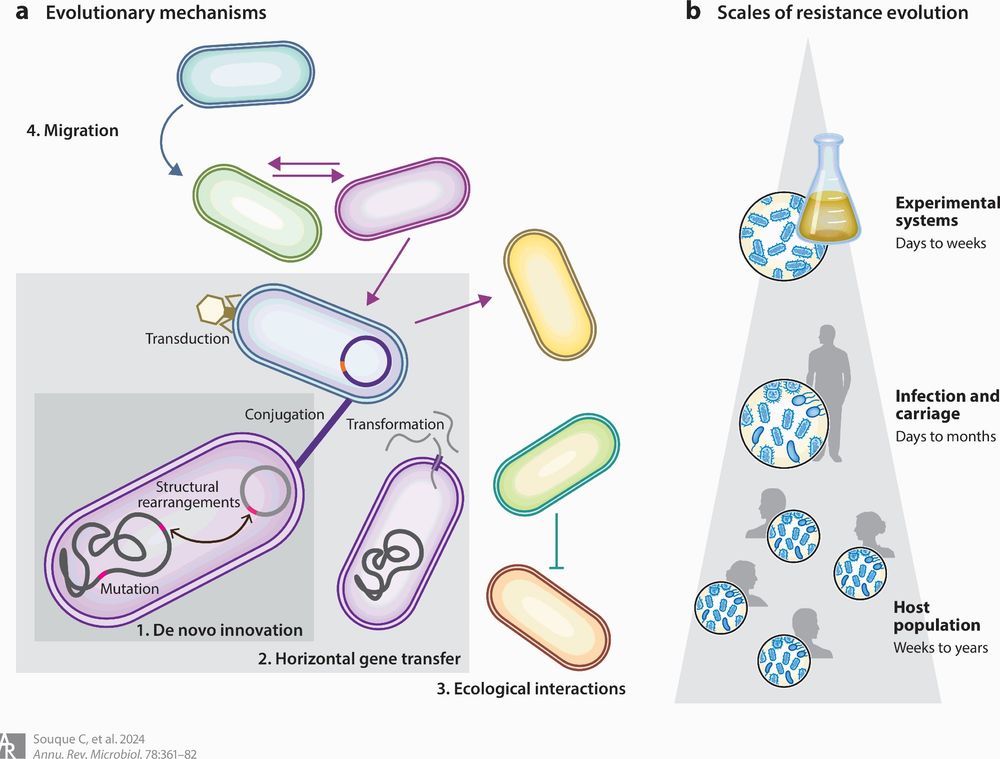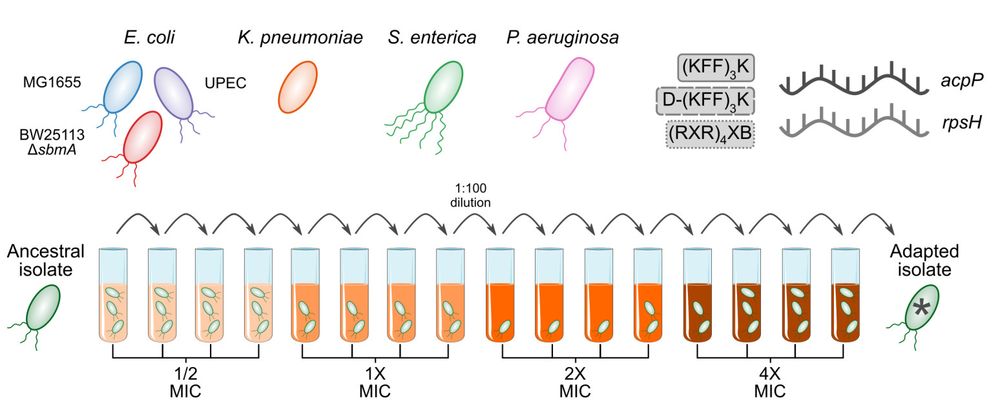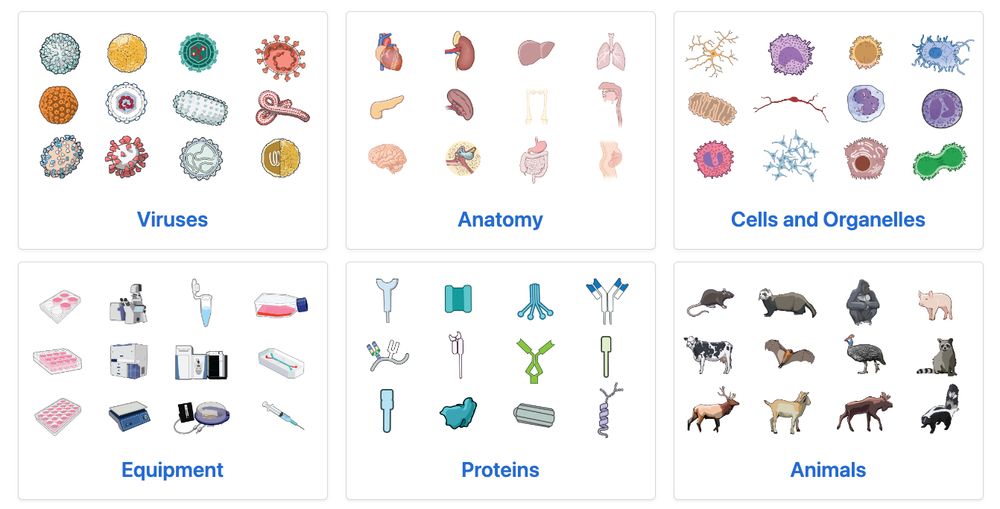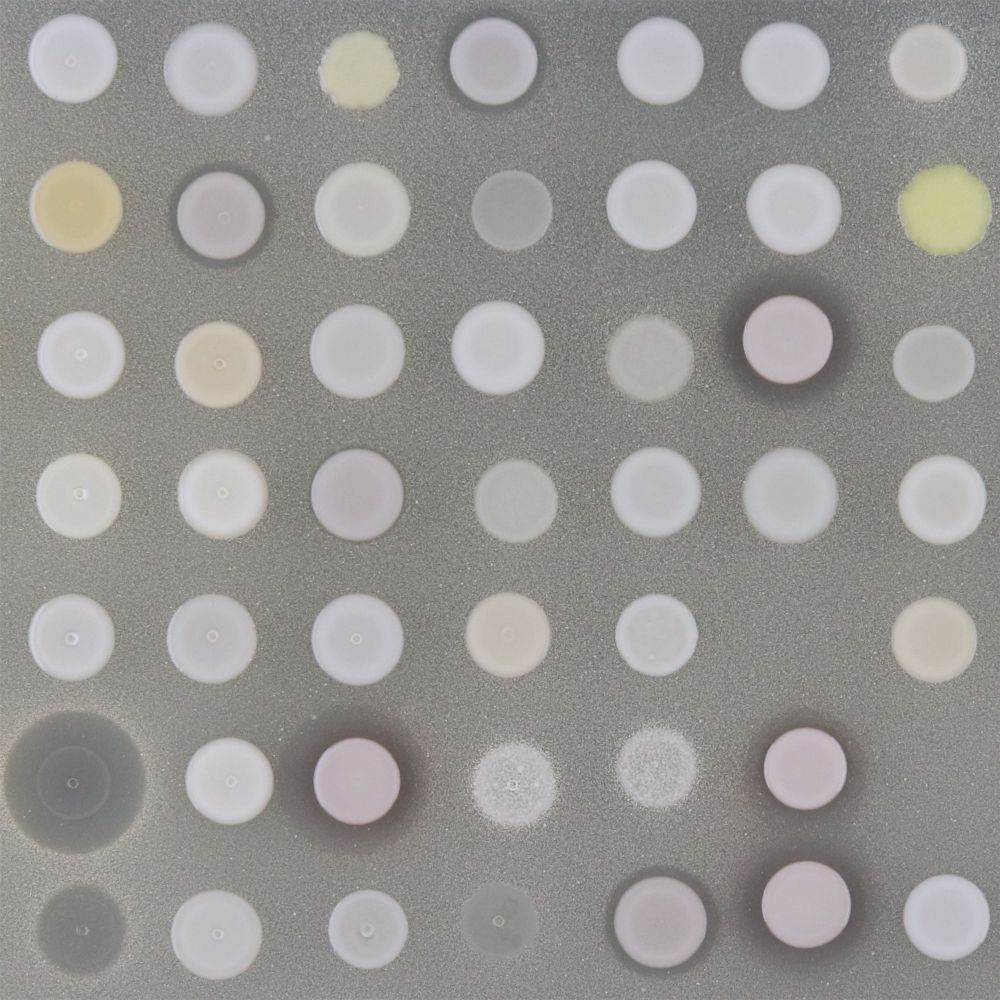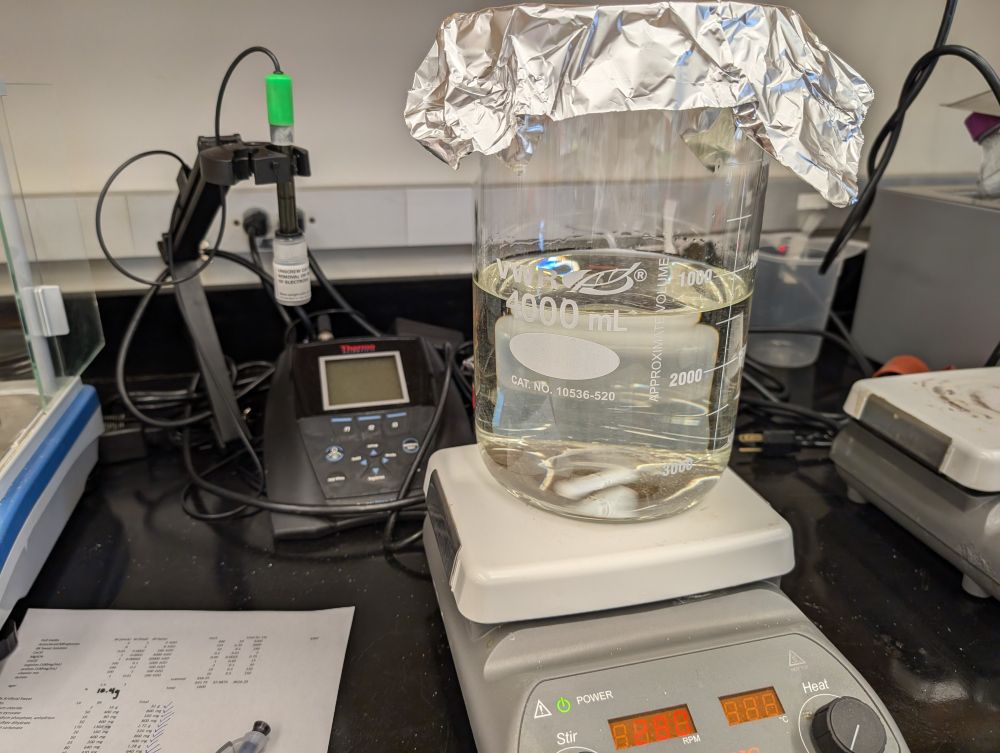Chris Mancuso
@mancusosci.bsky.social
370 followers
330 following
21 posts
Engineering non-model microbes @ Cultivarium | soft spot for microbiomes and DIY tech | he/him
Posts
Media
Videos
Starter Packs
Reposted by Chris Mancuso
Reposted by Chris Mancuso
Reposted by Chris Mancuso
Chris Mancuso
@mancusosci.bsky.social
· Jun 30
Reposted by Chris Mancuso
Reposted by Chris Mancuso
Reposted by Chris Mancuso
Daria Van Tyne
@dariavantyne.bsky.social
· Mar 21
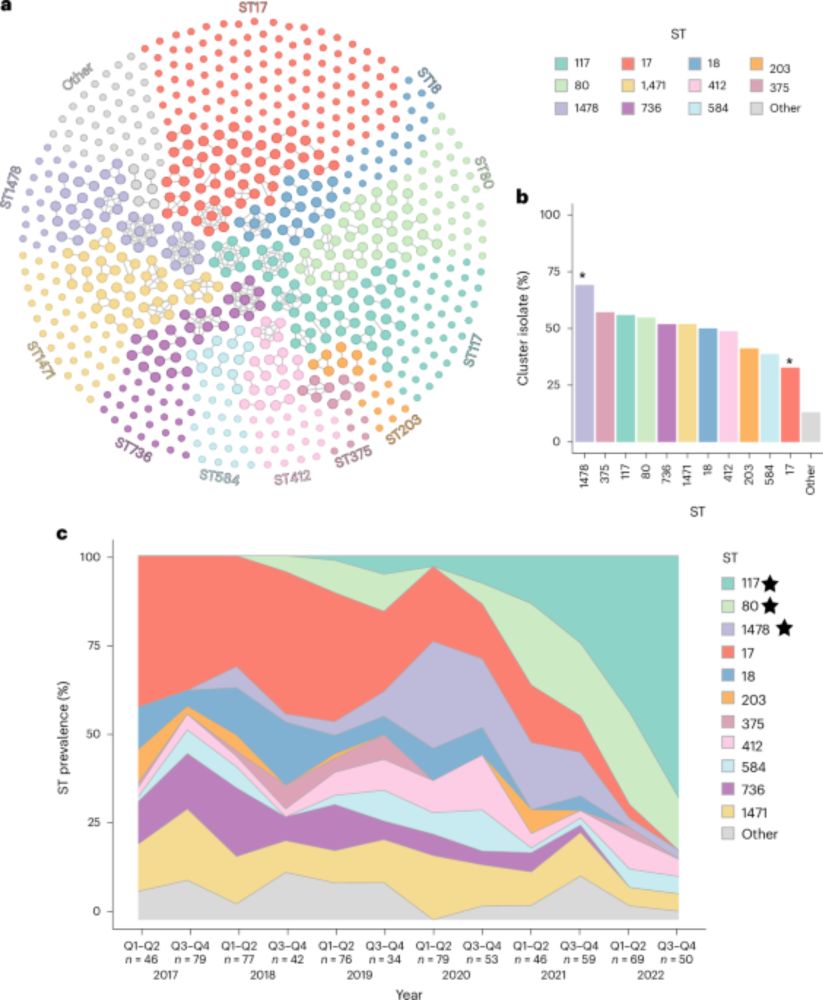
Bacteriocin production facilitates nosocomial emergence of vancomycin-resistant Enterococcus faecium - Nature Microbiology
Genomic and functional analyses of healthcare-associated vancomycin-resistant Enterococcus faecium reveal that bacteriocin T8 is enriched in emergent lineages and provides a competitive advantage in v...
www.nature.com
Reposted by Chris Mancuso
Reposted by Chris Mancuso
Reposted by Chris Mancuso
Reposted by Chris Mancuso
Reposted by Chris Mancuso
Aude Bernheim
@audeber.bsky.social
· Nov 5
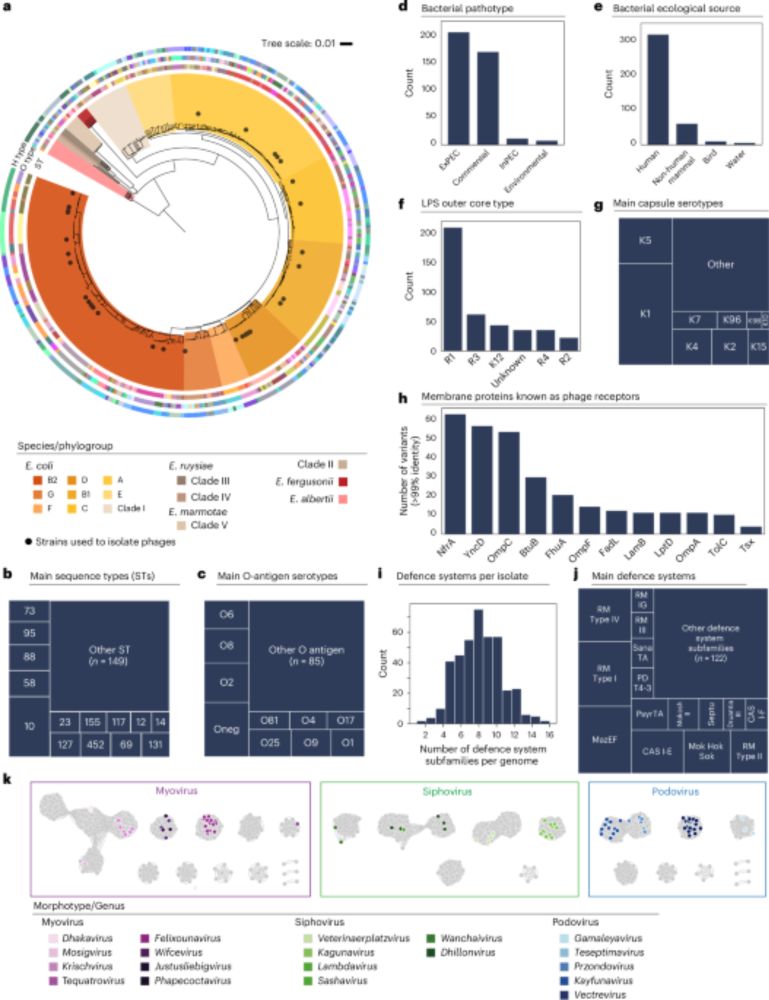
Prediction of strain level phage–host interactions across the Escherichia genus using only genomic information - Nature Microbiology
Phage–host interactions are computationally predicted using only genomic information, highlighting future research directions and enabling generation of custom phage cocktails.
www.nature.com
Reposted by Chris Mancuso
Reposted by Chris Mancuso
Chris Mancuso
@mancusosci.bsky.social
· Oct 21

Intraspecies warfare restricts strain coexistence in human skin microbiomes
Determining why only a fraction of encountered or applied bacterial strains engraft in a given person’s microbiome is crucial for understanding and engineering these communities[1][1]. Previous work h...
doi.org
Reposted by Chris Mancuso
Reposted by Chris Mancuso
Chris Mancuso
@mancusosci.bsky.social
· Jun 16




